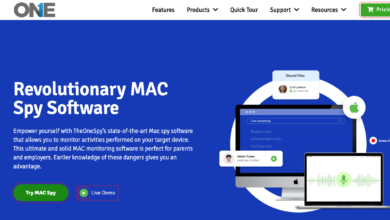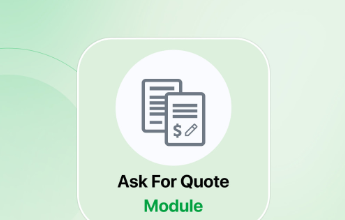Leveraging HR Document for Strategic Workforce Planning
Leveraging HR Document for Strategic Workforce Planning

In the intricate world of Human Resources (HR), document are often seen merely as administrative necessities. However, when leveraged strategically, HR document can become invaluable tools for workforce planning, offering insights that help shape a more dynamic, efficient, and future-ready organization. This comprehensive guide explores how HR professionals can transcend traditional paperwork boundaries, using HR documents to inform strategic workforce planning effectively.
The Strategic Value of HR Document
HR document, ranging from performance appraisals and employee feedback forms to training records and workforce analytics reports, hold a wealth of information. When analyzed collectively, they provide a detailed picture of the organization’s current capabilities, talent gaps, employee engagement levels, and potential areas for development. This information is critical for strategic workforce planning, allowing HR leaders to make data-driven decisions that align with long-term business goals.
Leveraging Performance Appraisals
Performance appraisals are gold mines for understanding individual employee strengths, weaknesses, and areas for growth. By aggregating data from these appraisals, HR can identify trends in skills proficiency, leadership potential, and training needs across the organization. This analysis can inform targeted development programs, succession planning, and strategic hiring to address skill gaps and prepare for future challenges.
Utilizing Training And Development Records
Training records offer insights into the skills and competencies within the organization, highlighting areas where the workforce is strong and others where development is needed. By analyzing these records in conjunction with performance data, HR can tailor training programs to address specific needs, ensuring that employees are equipped with the skills critical for the organization’s success.
Harnessing Employee Feedback
Employee feedback, gathered through surveys, exit interviews, and suggestion boxes, is a valuable resource for understanding workforce sentiment. This feedback can reveal insights into employee engagement, workplace culture, and organizational processes that may need refinement. Leveraging this information, HR can implement strategic initiatives to enhance employee satisfaction and retention, fostering a positive work environment conducive to high performance.
Visit story: HR Management Tools
Analyzing Workforce Demographics
Workforce demographic data, such as age distribution, tenure, and diversity metrics, can inform strategic workforce planning by highlighting potential challenges and opportunities. For instance, anticipating a wave of retirements can prompt proactive succession planning and knowledge transfer initiatives. Similarly, understanding diversity metrics can lead to targeted diversity, equity, and inclusion (DEI) strategies that enhance organizational culture and attract a broader talent pool.
Predicting Trends with Workforce Analytics
Advancements in HR technology have made workforce analytics more accessible, enabling HR professionals to predict trends and model future scenarios. By analyzing data trends over time, HR can forecast future workforce needs, identifying areas where the organization may face talent shortages or surpluses. This foresight allows for strategic planning around recruitment, development, and restructuring efforts to ensure the organization remains agile and competitive.
Developing a Strategic Workforce Plan
A strategic workforce plan is the culmination of insights derived from HR document. This plan outlines how the organization will address its current and future talent needs, aligning workforce strategy with business objectives. Key components of an effective workforce plan include:
- Skill Gap Analysis: Identifying current skills in the workforce versus future needs.
- Talent Acquisition and Retention Strategies: Developing plans to attract and retain the right talent.
- Employee Development Programs: Outlining training and development initiatives to upskill the workforce.
- Succession Planning: Preparing for leadership transitions to ensure continuity.
- Workforce Restructuring Plans: Adjusting the organizational structure to meet strategic goals.
Best Practices for Leveraging HR Document
- Maintain Comprehensive and Accurate Records: Ensure that all HR document are kept up-to-date and accurately reflect employee information and organizational policies.
- Use Technology to Your Advantage: Implement HR information systems (HRIS) that facilitate the aggregation and analysis of data across various documents.
- Engage in Continuous Monitoring and Evaluation: Regularly review HR document and workforce analytics to stay ahead of trends and adjust strategies as necessary.
- Foster a Culture of Data-Driven Decision Making: Encourage leaders and managers to utilize HR insights in their strategic planning and day-to-day decision-making.
- Ensure Compliance and Ethical Use of Data: When collecting and analyzing HR data, prioritize employee privacy and adhere to relevant laws and ethical guidelines.
Conclusion
Beyond their traditional administrative roles, HR document are strategic assets that can drive informed decision-making and effective workforce planning. By systematically collecting, analyzing, and leveraging the wealth of information contained within these documents, HR professionals can align workforce strategies with organizational goals, navigate future challenges, and seize opportunities for growth. In doing so, they not only enhance the strategic value of the HR function but also contribute significantly to the organization’s long-term success.
Also Read: Custom Kraft Boxes Wholesale



